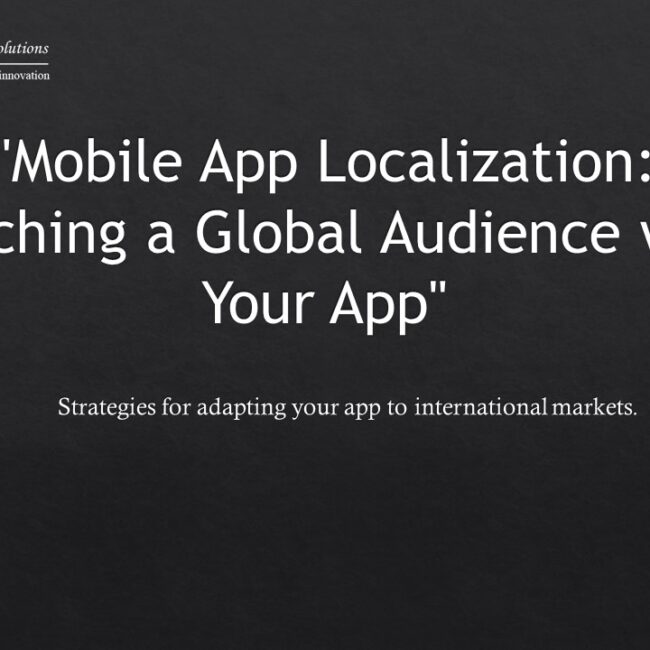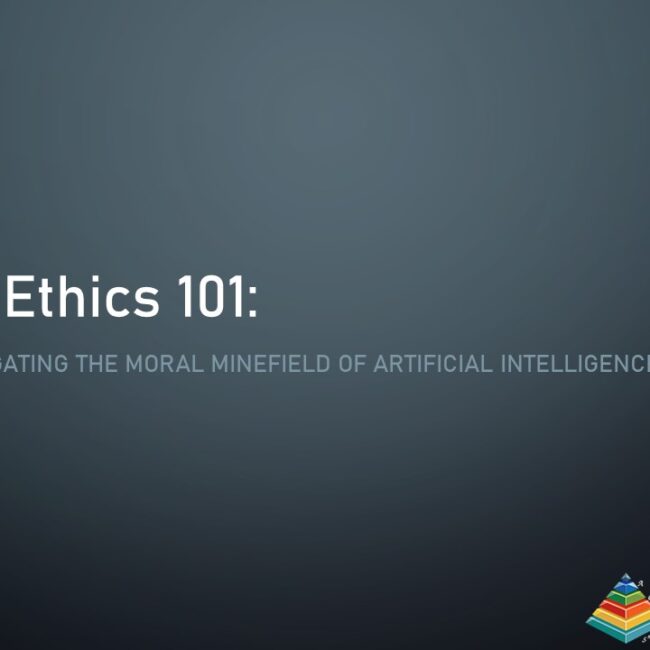
Application of AI tools in different domains
Several AI tools, frameworks, and programming languages can be used to implement the AI-driven solutions mentioned in the case study. Here’s a breakdown of some of the commonly used AI tools and programming languages for each aspect of the implementation:
Adaptive Learning Platform:
- AI Framework: TensorFlow or PyTorch for developing and training machine learning models.
- Language: Python for coding AI algorithms, as it is widely used in the AI community.
- Data Processing: Pandas and NumPy for data manipulation and preprocessing.
AI-Powered Content Recommendation:
- Recommendation Engine: Collaborative filtering techniques, content-based filtering, or hybrid methods.
- Language: Python for implementing recommendation algorithms.
- Data Storage: Databases like PostgreSQL or NoSQL databases to manage user preferences and content data.
Intelligent Tutoring System:
- Natural Language Processing (NLP): NLP libraries like NLTK, spaCy, or Hugging Face Transformers for understanding and generating text-based responses.
- Chatbot Framework: Libraries such as Rasa, Dialogflow, or Microsoft Bot Framework for building interactive chatbots.
- Backend Language: Python, Node.js, or a language of choice for building the server-side components.
Data Analytics for Educators:
- Data Analysis: Python with data analysis libraries like Matplotlib, Seaborn, and Plotly for visualization, and scikit-learn for machine learning.
- Data Storage: Databases like MySQL, PostgreSQL, or cloud-based solutions for data storage and retrieval.
- Dashboard: Tools like Power BI, Tableau, or custom dashboards built with libraries like Dash (Python) or D3.js.
Challenges and Future Directions:
- Data Privacy and Security:
- Data Encryption: Implement encryption algorithms like AES for data at rest and in transit.
- Compliance: Ensure compliance with data protection regulations, such as GDPR or HIPAA.
- AI-Enhanced Curriculum:
- Curriculum Design: Collaborate with instructional designers and educators to integrate AI-driven enhancements into the curriculum.
- Language and Tools: Use Python, natural language processing libraries, and AI frameworks for developing AI-enhanced course content.
- Continuous Innovation:
- Research and Development: Stay up-to-date with the latest AI and EdTech trends, and continue to experiment with new AI tools, frameworks, and languages to maintain a competitive edge.
While Python is a prevalent language for AI development, other languages like Java, R, and C++ may also be relevant for specific components of the system. The choice of tools and languages may also depend on the expertise of the development team and the specific requirements of EduLearn. Additionally, cloud platforms like AWS, Azure, or Google Cloud can be used for hosting AI models, data storage, and scalability.


